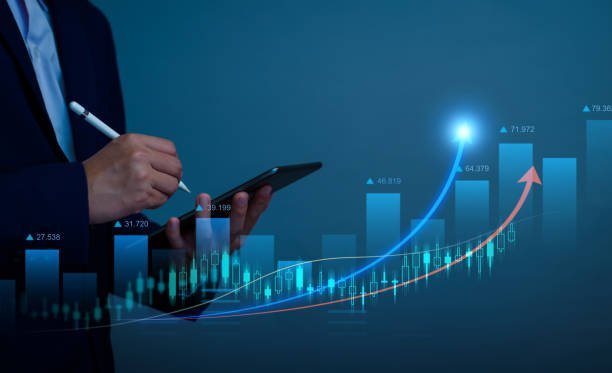Understanding margin trading
Margin trading involves utilizing borrowed capital, or leverage, in the trading process. Investors can stake their invested capital and borrow additional capital from a third party, such as an exchange or a verified crypto lender, in this kind of market.
The investor wants to make more money, but that depends on how much leverage they use. Margin trading, in contrast to spot trading, permits simultaneous asset purchases and sales for investors.
If an investor deposits $500 and uses 100X leverage, they can trade up to $5,000 worth of assets as long as the borrow percentage covers the cost of the transaction. This is an example of margin trading.

Margin trading gives investors the chance to make more money from borrowed money. As volume rises, this encourages the investor to reduce trade count.
• Margin trade enables investors to trade simultaneously in both directions, enabling hedging of a trade position by enabling the execution of a buy and sell order on the same pair within the same time frame.
• Margin Trading With a larger capital base, investors can trade multiple assets at once with margin trading.
Margin trading comes with a lot of risks because the leveraged percentage increases the loss ratio and the potential for profit can also lead to losses.
• The idea of margin trading introduces leverages that permit investors to borrow capital from lending institutions and exchanges. This can have an effect on the trader's mentality because borrowed capital can be over-leveraged on a single trade position.
• Margin Trading can liquidate invested and leveraged capital in the event of poor trading decisions.
Post voted 100% for the hiro.guita project. Keep up the good work.
New manual curation account for Leofinance and Cent